Last year in the program Visualizing Permaculture, I had the opportunity to learn all about permaculture principles and the permaculture design process. It was a lot of work and a lot of fun! We worked primarily within a hypothetical framework for developing a site (a real site that we could visit frequently) using PD principles.
For my final project, I transformed my living situation (which was an awesome yurt rental in the woods!) into a sustainable habitat for myself and my community. I focused on making it a destination place where people can come and see what permaculture looks like.
My design included a water catchment system, a keyhole garden with edible and useful perennials and self-seeding annuals, a chicken coop, a low maintenance food forest with geodesic dome, an outdoor kitchen, outhouse, worm farm, and a tiny house art studio immersed in a pollinator garden. What a dream, eh? Here are some photos of my drawings of phase 2, 3, and 4 implementations:
In this scenario, excess or waste products from plants, animals and human activities would be used as nutrients to benefit other elements in the system, such as using red alder to make many of the structures in my design. The most important part of this project for me was learning about the design process and how to work with a landscape instead of against it. I had to slow down my process significantly, observe my environment, weigh out all of the options, and even remove some elements to make room for more connected systems. I learned how to apply the permaculture principles to make a place that would be inviting and an inspiring place to learn.
So, naturally, when I moved into Bamboo Village as an intern and was invited to help implement PD into the site, I was stoked! Imagine that, learning something in college and then doing it in real life 🙂
image of SV herb spirals- only two months old!
Since last year, Student Village has been working with PT Bamboo, a local design company born out of the Hardy family. They worked together with Edu and Carol, the heads of Student Village, to design and implement a project that finds creative and cost effective ways to have students effectively develop and maintain a permaculture garden at Bamboo Village.
Here are some of the core values of the project:
Healthy gardens make healthy people:
The permaculture garden project provides nutritious food, greater connection to the land, and an opportunity for personal growth.
Leave the land better than you found it:
Improve soil, plant, & animal health, promote ecological diversity, and increase awareness through education to encourage responsible land stewardship.
Obtain a yield, add value:
Permaculture gardens provide a yield while improving the diversity, quality and resilience of future yields. We can create jobs and right of livelihood for local people and uplift the value of agriculture within Indonesia.
PHASE 1 – CONCEPT DESIGN
May-Sept 2015
Site Analysis & Planning:
In order to make improvements that are suitable for the site, a detailed site analysis took place. This included analyzing weather patterns, identifying existing flora and fauna, soil quality, water patterns, natural landscape observations, and local resources.
a rough sketch of my site analysis, Sept 2015
PHASE 2 – DESIGN DETAILS
Hardscape Design:
These are the detailed designs for any stone masonry, pathways, raised garden beds, garden features, outdoor seating, retaining walls, trellises, stairs, water features, pool and fences.
Planting Plan:
Planting plans, species lists and soil building strategy. Banana circles and papaya circles are great examples of planting strategies that have multiple functions–maintaining a yield, building soil, compost pile, habitat for wildlife, etc.
Water Management & Irrigation Plan:
Identifying water sources, storm water management, irrigation.
Grow Food Garden Party Plan:
Plan to schedule and coordinate a Bamboo Village “Grow Food Garden Party” complete with music, food, and planting.
PHASE 3 – IMPLEMENTATION
We have been slowly implementing these plans & strategies over the course of the past 5 months. We have 2 gardeners (one is full-time) that help with the everyday maintenance of the gardens throughout the site. We began with the main edible garden (pictured above) and then spread out to edible landscaping next to all of the bamboo houses.
Right now it is RAINY SEASON here in Bali, meaning light afternoon rains to torrential downpours for weeks at a time. Plants that flourish in the rainy season in Indonesia include roots like sweet potatoes, squash, cassava, snake beans, some spinach, rambutan, papaya, etc.
Permaculture is particularly successful in Southeast Asia and other tropical climates because the balance of moisture and heat in the air is ideal for growth and decay. According to Birgit Bradtke of the website Tropical Permaculture, the design of the garden is the key to growing successful vegetables.
“If you think ahead and design your permaculture garden right, it won’t take much effort, it will mostly look after itself, and it will also be incredibly productive and beautiful and attractive to wildlife.”
Bill Mollison, known to be the father of permaculture, said, “Sitting at our back doorsteps, all we need to live a good life lies about us. Sun, wind, people, buildings, stones, sea, birds and plants surround us. Cooperation with all these things brings harmony, opposition to them brings disaster and chaos.” In this permaculture project, I’ve been engaged in learning about ways of integrating simple practices to make beautiful, edible results. I’ve been inspired by my coworkers and have discovered the value of a being immersed in a community. This vision of creating a sustainable living example of Green School truly could not be possible without the efforts of many people!

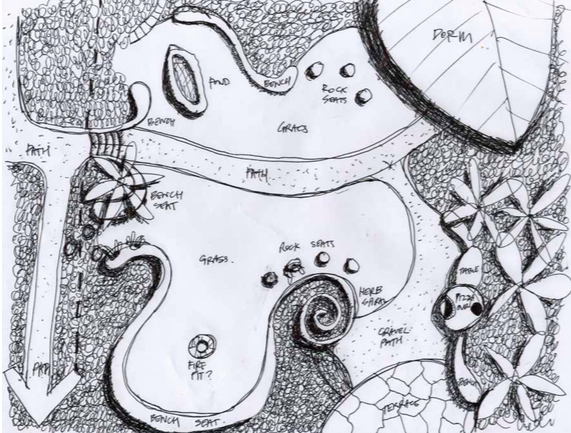
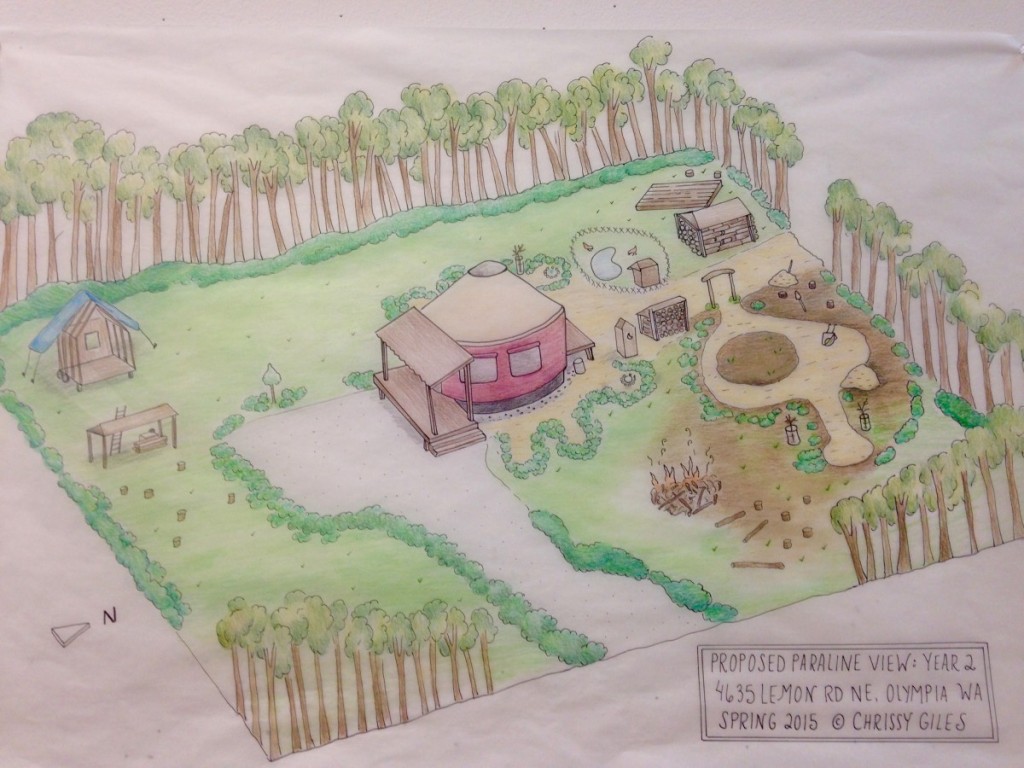
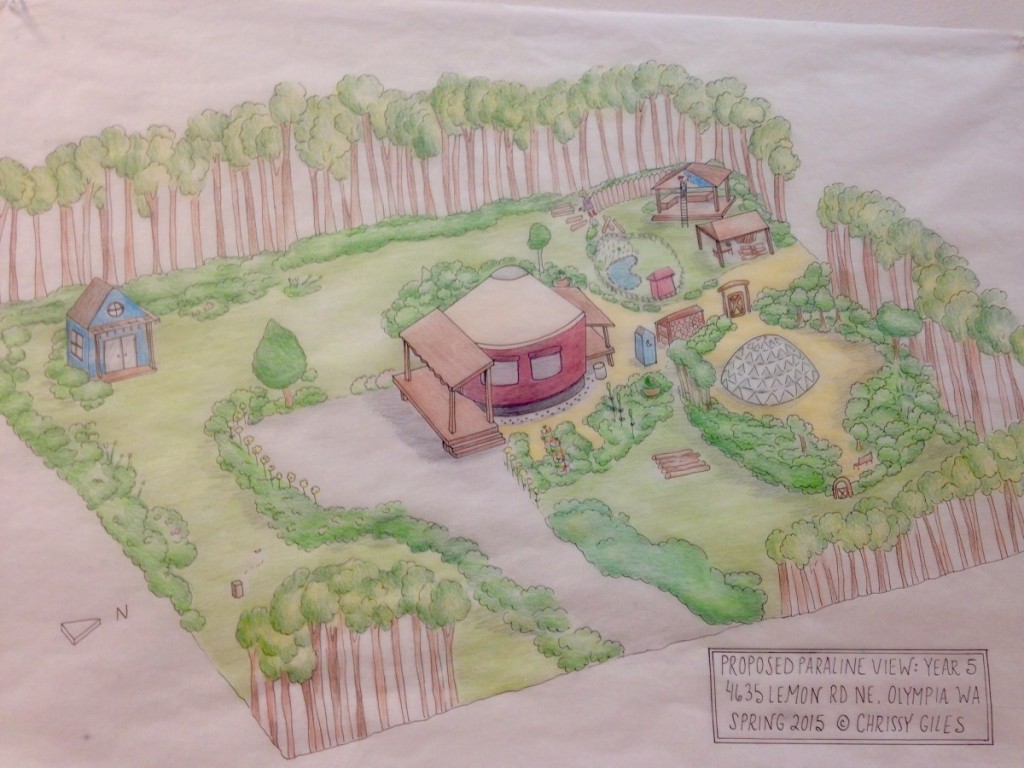

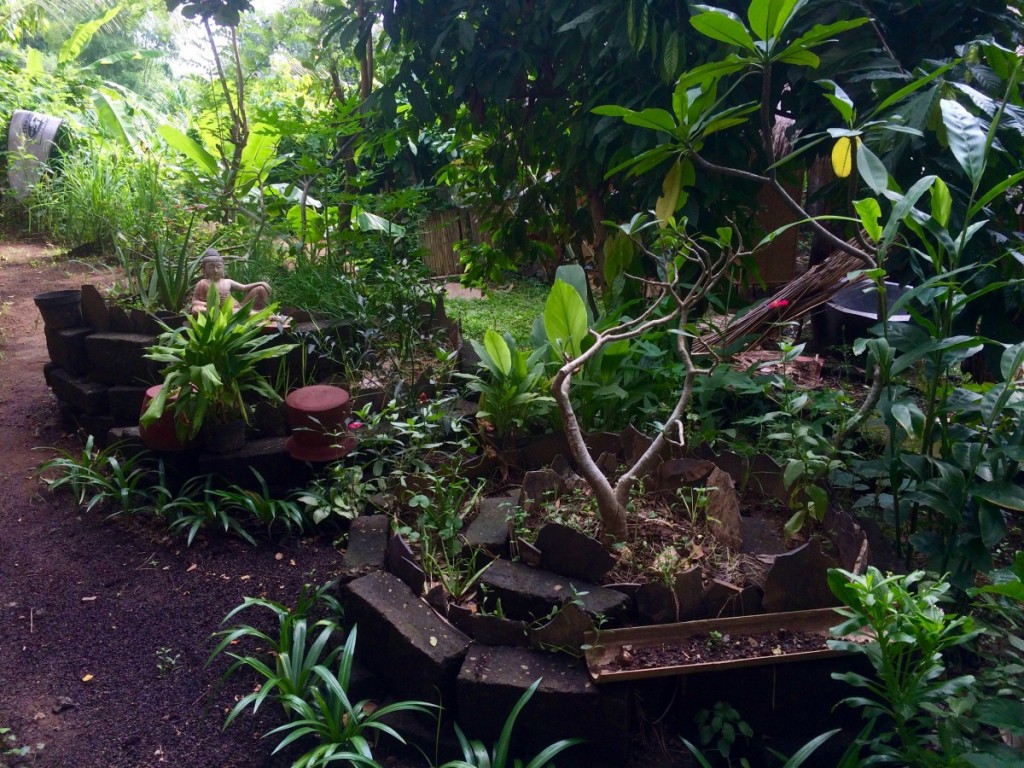
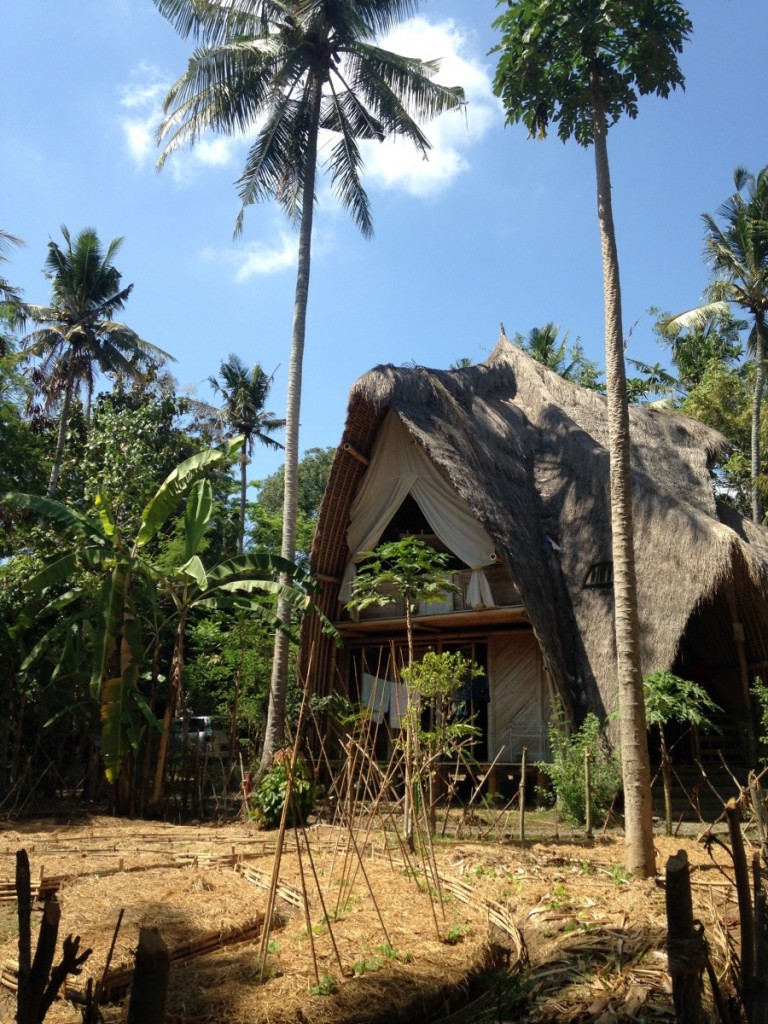
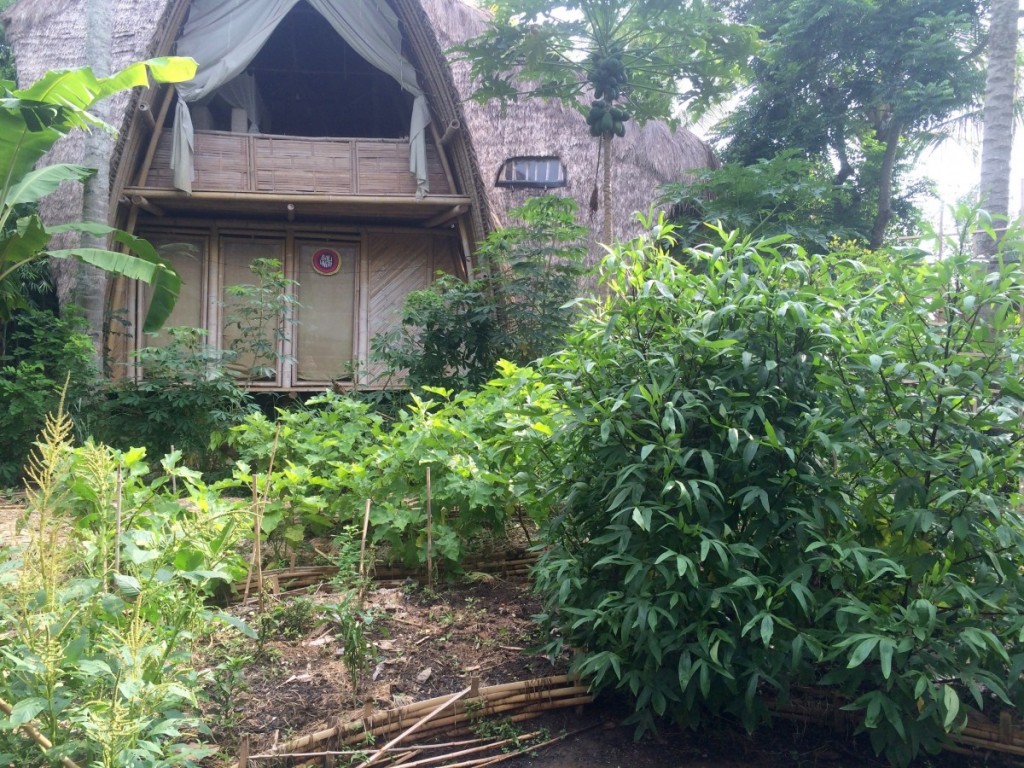


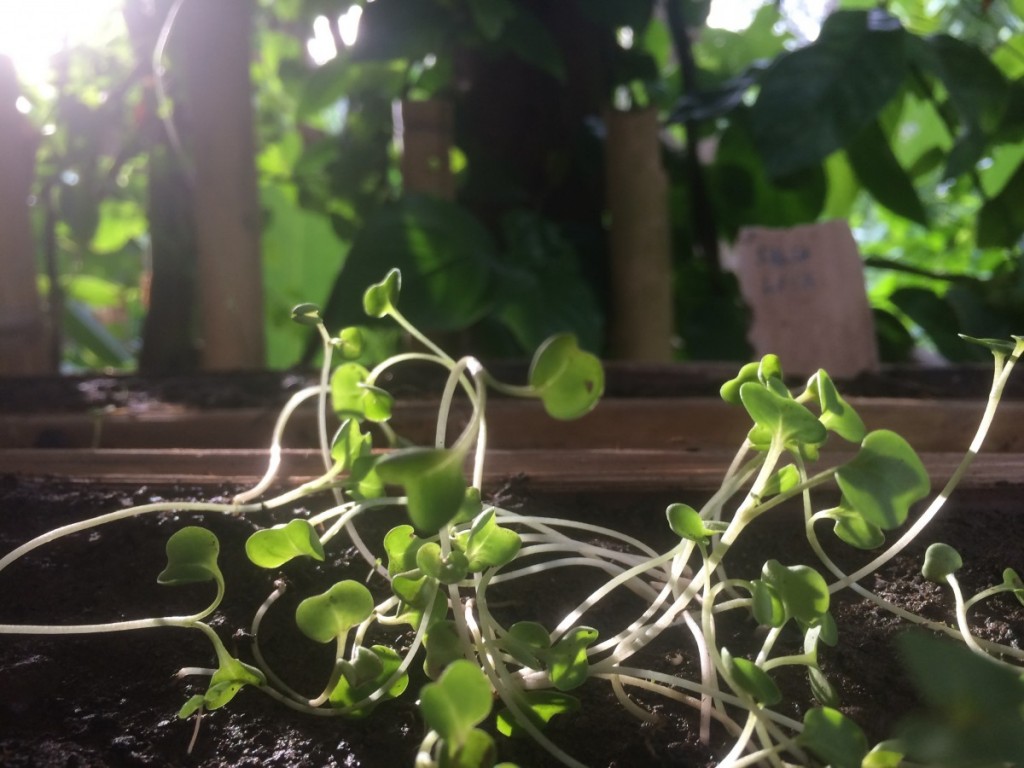

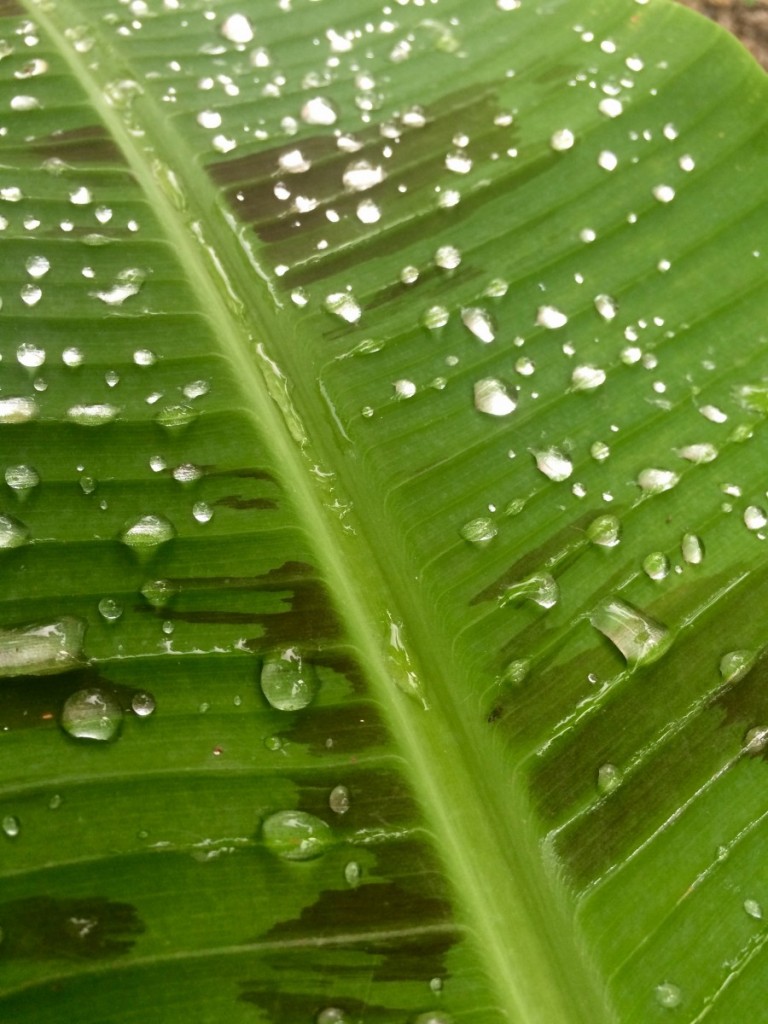
Be First to Comment